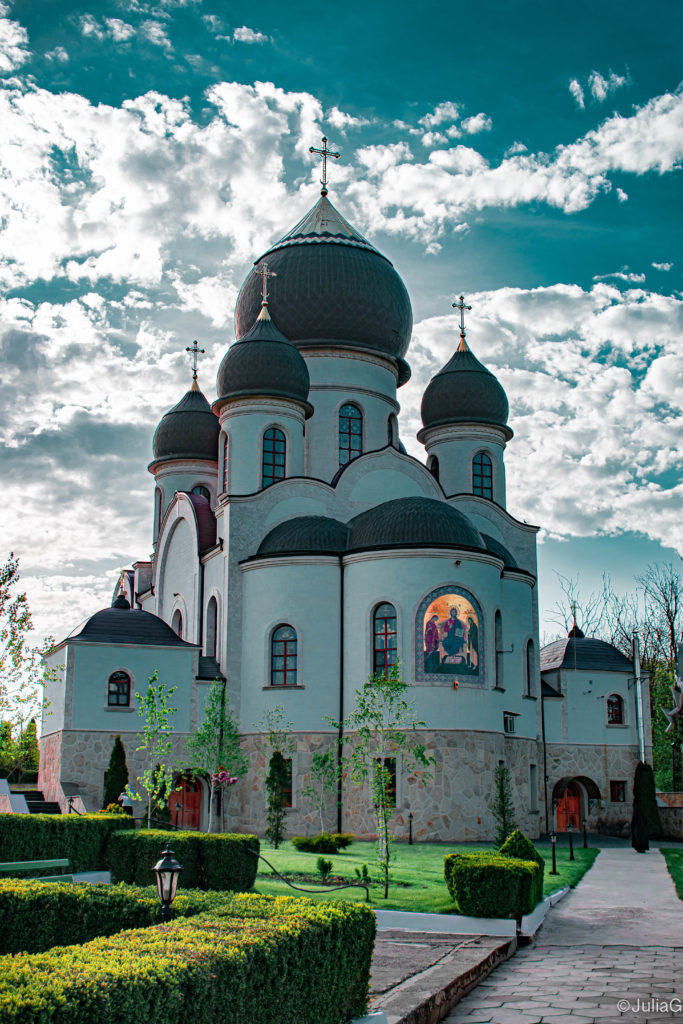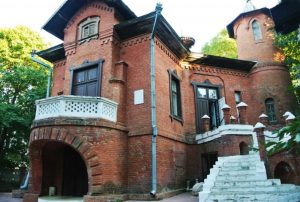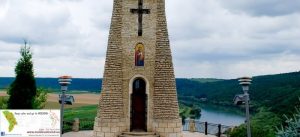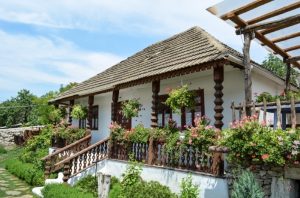“MARTA & MARIA ” MONASTERY

TRIP DETAILS
- Visit the Monastery Sf. Mironosiţe Marta şi Maria ( dedicated to Holy Myrrh-bearing women Martha and Maria) , village Hagimus, district Căuşeni
- Wide tour through the City of Căuşeni, visit the Church of Causeni „Adormirea Maicii Domnului” „Assumption of Mother of God
DESCRIPTION
- The Monastery of Hagimus, dedicated to Holy Myrrh-bearing women Martha and Maria, sisters of righteous Lazarus, is a settlement of nuns, located in the Republic of Moldova. The monastery is situated in Hagimus village, district Tighina, halfway between Causeni and Tighina towns. Hagimus Monastery was founded at the beginning of the 21st c., by His Grace Bishop Dormedont. In 1997, priest Andrei Cotruta, then inspector at the Theological Seminary in the Noul Neamt Holy Ascension Monastery, impressed by the beauty and the landscape of the area, decided to found there a monastic settlement. The church of Martha and Maria was initially built there, along with several monastic cells and a school, wherein 1998 a theology school for girls was inaugurated. 0n the 26th May 1998, the settlement became a skete of the Noul Neamt Monastery. In autumn the same year the skete has attributed the status of the monastery, with the Patron Feast of Holy Myrrh-bearing women Martha and Maria. Father Andrei Cotruta was appointed father confessor of the monastery, and the monastery’s nun superior became mother Eufrosinia.
The old church was already too small for numerous worshipers, and the nuns decided to build a two-storied cathedral. Several years ago, with the support of worshipers, the foundation of the new shrine was laid: the upper, summer church of Holy Myrrh-bearing women Martha and Maria, and the lower, winter church of Holy Apostle Andrew. The monastery is at the beginning of its missionary activity in this land that has for so many years been deprived of its ancestral faith. At the monastery’s church priests daily celebrate Divine Services: Vespers, Midnight Office, Matins, and Divine Liturgy. The nuns daily read the Psalter Book and pray for all worshipers. Every evening the nuns walk a Cross Procession around the monastery, bearing the icon of the Protection of the Mother of God – the Patron Feast of the monastery’s existing church. Following old Orthodox tradition, the nuns daily participate in the Midnight service and sing night Acathists “Glory to God for everything” and “The Hegumeness of all monasteries”.
Căușeni is a district (Moldovan: raion) in the central part of Moldova, with the administrative center at Căușeni. The Church of Assumption of Mother of God is a historical monument in Căuşeni. It was built In 1761-1763 under Turkish rule. It is set deep below the ground level. As the legend goes the Tatars gave consent to building the church on condition that its height did not surpass a warrior on horseback. The ancient church is famous for preserving Byzantine-style medieval frescos on its walls- ( painted by Stanciul Radu and Voicul)
Village Zaim is well known in Moldova as the home village of Alexei Mateevici, a famous Bessarabian poet and national activist. He is the author of the anthem of the Republic of Moldova” Limba Noastra” ’’Our Language’’
Alexei Mateevici (March 27, 1888 – August 24, 1917) was one of the most prominent Romanian poets in Bessarabia. He was born in the town Căinari, in Eastern Bessarabia, which was part of the Russian Empire, now in the Republic of Moldova. He studied at the theological school of Chişinău, and published his first poems Ţăranii (Peasants), Eu cânt (I sing), Ţara (The Country) in the newspaper Basarabia, where he also published two articles on Moldavian folklore. Mateevici later published several articles on religion in Moldavia.
Mateevici went on to study at the Theological Academy of Kiev, from which he graduated in 1914. In that year he married Teodora Borisovna Novitski. He returned to Chişinău, and became a Greek language teacher at the theological school.
The house-museum of Alexei Mateevici was founded in 1988 to commemorate the 100th anniversary of the poet. The building where the museum is located was built by his father, Michael Mateevici, a priest, near the village church. The spacious courtyard of the museum is full of trees and flowers. Since 1990 the house holds a monument to Alexei Mateevici.
The six rooms of the museum show the spirit of the age through exhibits of paintings, sculptures, household items and documents, a library of rare books, and antique furniture. Although Mateevici died at the young age of 29 years, he left an impressive literary heritage: a set of translations and nonfiction works about the history and development of Christianity in Moldova, as well as a collection of poems that were published after his death.
TIPS FOR TOURISTS
During the trip you will need:
- A pen;
- sheets of paper;
- Ladies must wear a skirt and head should be covered.










